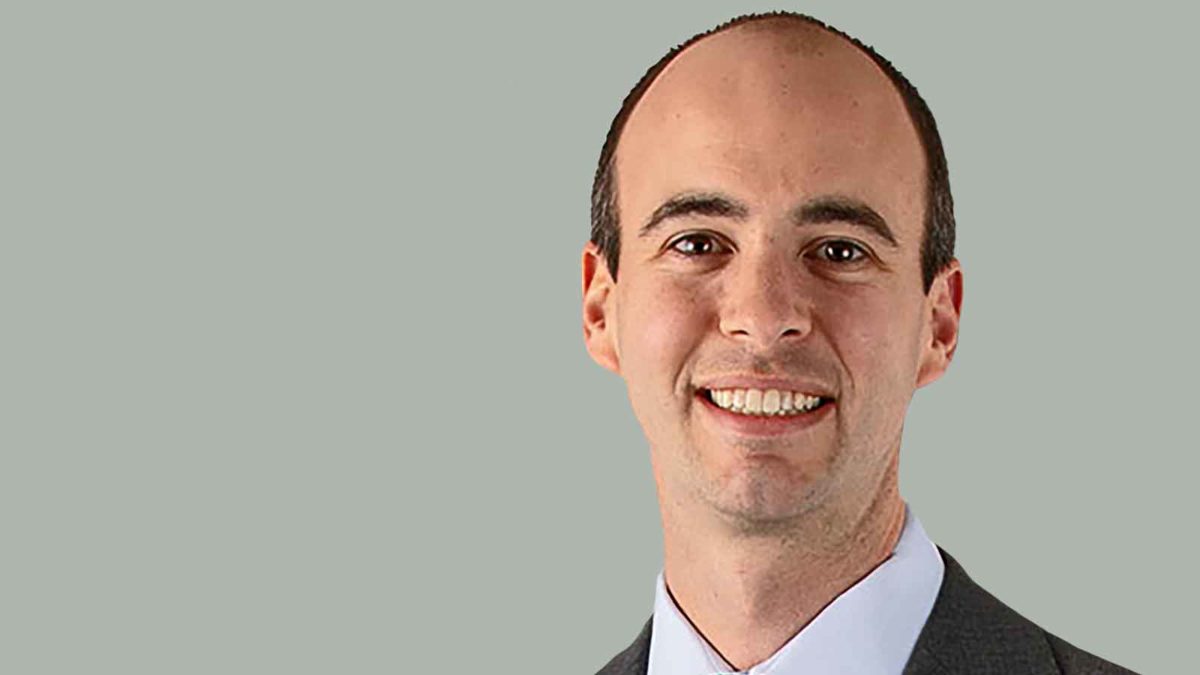ESG’s unintended consequences
The rapid adoption of ESG strategies, particularly in the wholesale market segment, should prompt a rethink of portfolio construction, according to Janus Henderson Investors. Adding ESG to the mix can cause unexpected tilts.
In a global media webinar series last month (June 23-24), Adam Hetts, the manager’s US-based global head of portfolio construction and strategy, said that the main risk of introducing sustainability strategies, or more of them, is the scarcity of products.
In Europe only 10 per cent of the Morningstar universe categorized funds as ‘sustainable’ and in the US the number was 5 per cent, he said. The US had some catching up to do.
“So, from the point of view of the average adviser, going from a traditional portfolio to a sustainable one meant that there were only a few [manager] options available,” he said.
“For example, they may be managers you are not familiar with or are not available on your platform, forcing you to look elsewhere, and it will probably be in global equities. Making the transition from regional portfolios to global introduces unintended risks, such as from value to growth and from Europe to the US.”
Hetts said the same thing happened with fixed income portfolios. “You may be using a multi-asset fixed income strategy, managing duration and with better yield but if there are only 5 per cent of the market available for sustainable investing, you are likely to move to core and sovereign fixed income.”
Using a real example, he said an investor cut its regional fixed income allocation, to the UK, by 40 per cent and moved it to global for those reasons but it happened when global was out of favour. “They became completely different portfolios,” he said.
Since he joined Janus Henderson in 2017, Hetts has led the team which provides portfolio insights to clients, having developed a risk tool which is product agnostic and taps into the metrics and engagements of the firm’s researchers and portfolio managers.
From a business perspective, the firm has found that after engagement with the portfolio construction team, the average client allocation had almost doubled, Suzanne Cain, the global head of distribution, said.
For a year like 2020 and using fixed income as an example, Hetts said, the sustainable model provided nearly twice the return of the traditional model.
“So, investors will tend to chase the higher returns but maybe the trend reverses, which it sort-of this year, in a rebound phase. We’re not saying that one is better than the other. It’s just different. It shouldn’t be changing your asset allocation. It’s an implementation issue which is just the surface layer of the portfolio, like tax management. It should make a difference but not change the portfolio completely.”
Janus Henderson was looking to “globalise” its work and the tool it used with clients, he said, first providing it to US clients. They would have the same problems as European clients, he said.
The US investors already have a similar issue in the retail market with tax exempt versus non-tax-exempt strategies. There are many more investment products available in the tax-exempt category.
The best solution to the problem was to have more data and more diagnostic capabilities where sustainable strategies were separate from the traditional portfolio. Investors could add more global equities back to a traditional portfolio to compensate, for instance, or vice versa.
Most institutional funds have taken an integrated approach to their ESG strategies and processes, but even they had to be aware of the building blocks and tilts involved, Hetts said. But in his opinion, the future lay with the integrated approach; integrating sustainability into all portfolios.











